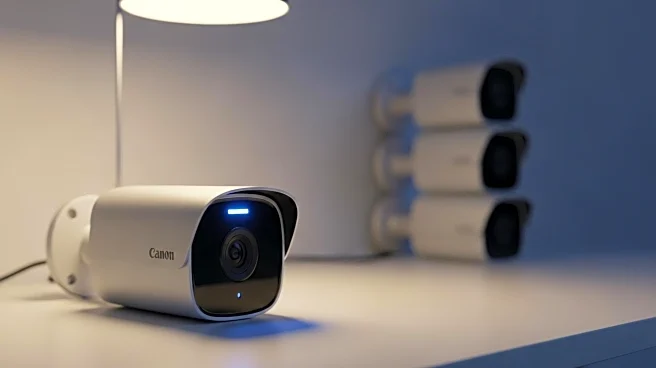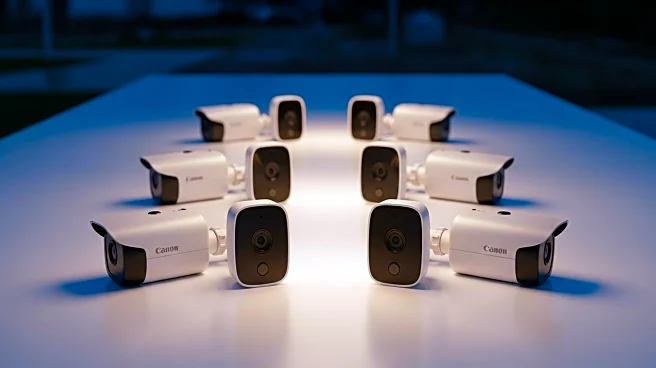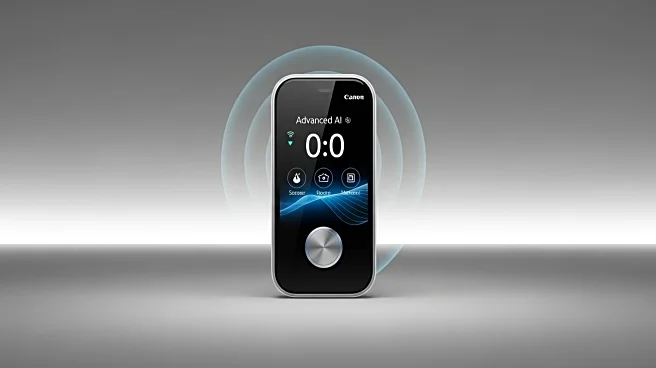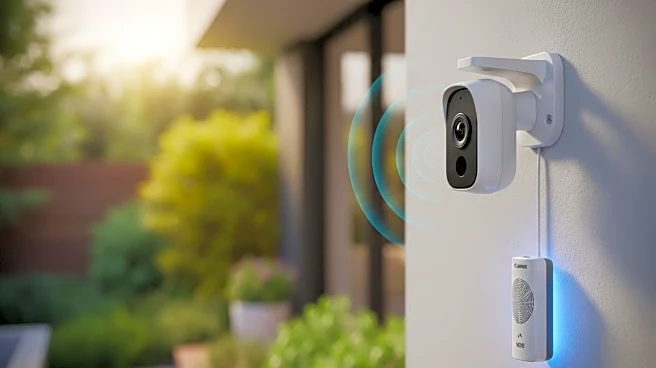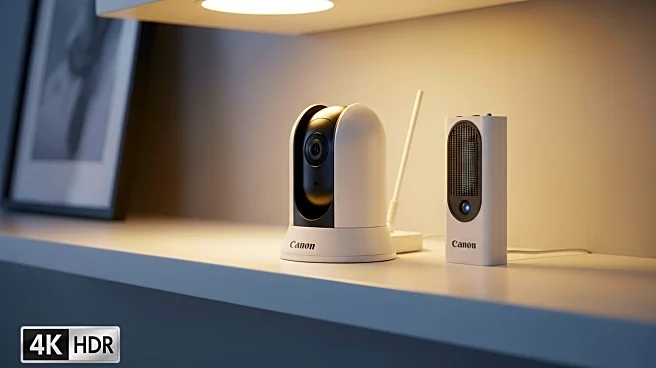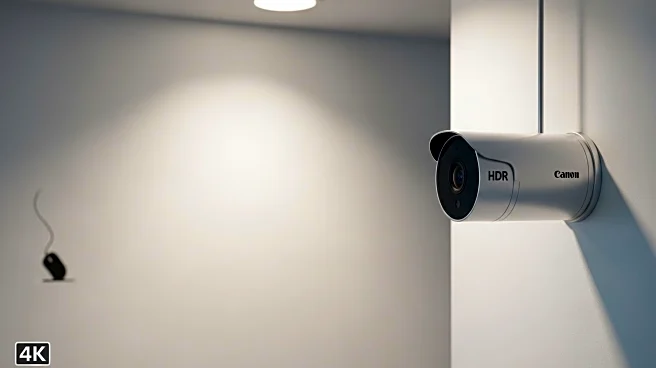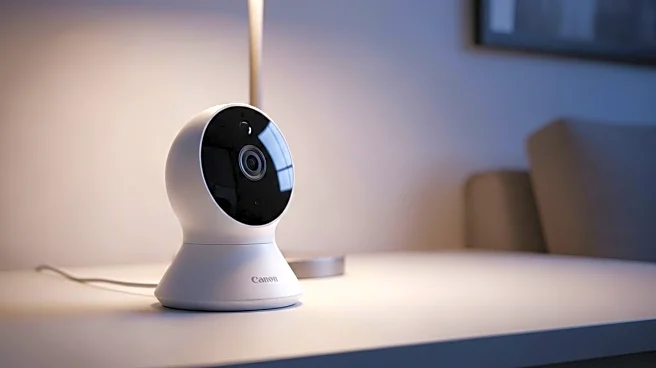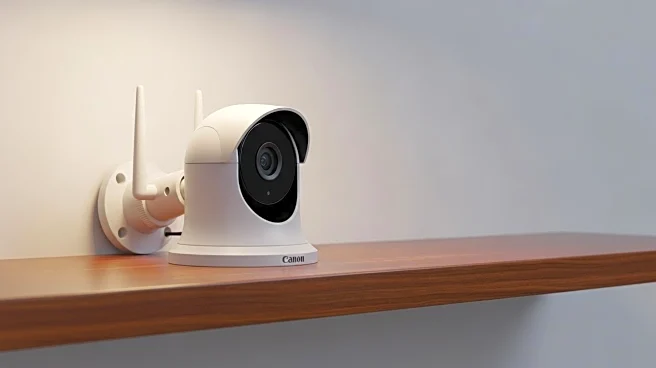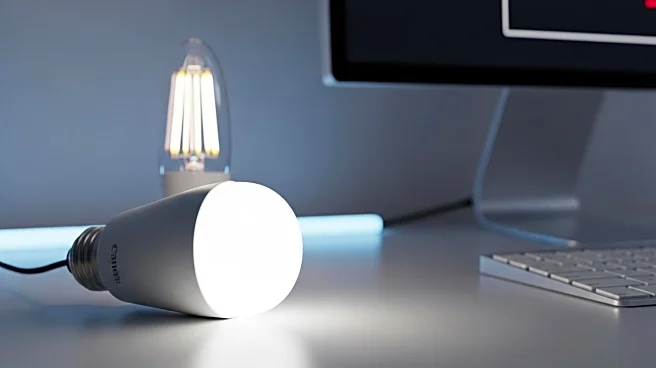What's Happening?
As the rainy season approaches, homeowners are advised to ensure their outdoor smart devices, such as video doorbells, smart locks, and security cameras, are prepared for adverse weather conditions. Key steps include checking the weather resistance ratings of devices, ensuring proper placement under eaves or awnings, and avoiding upward tilting of cameras to prevent rain damage. Additionally, using waterproof cables and considering full camera enclosures for extreme weather conditions are recommended. These measures help protect devices from wind, rain, and freezing temperatures, ensuring their functionality and longevity.
Why It's Important?
With the increasing integration of smart devices in homes, ensuring their durability against weather conditions is crucial for maintaining security and functionality. Proper preparation can prevent damage and extend the lifespan of these devices, saving homeowners from costly replacements. As smart home technology becomes more prevalent, understanding how to protect these investments from environmental factors is essential. This knowledge empowers consumers to make informed decisions about device placement and maintenance, enhancing the overall effectiveness of their home security systems.
What's Next?
As homeowners implement these protective measures, there may be a growing demand for devices with higher weather resistance ratings and more robust designs. Manufacturers could respond by developing products specifically designed to withstand extreme weather conditions, potentially leading to innovations in smart home technology. Additionally, the market for accessories like camera enclosures and waterproof cables may expand, offering consumers more options to safeguard their devices.
Beyond the Headlines
The focus on weatherproofing smart devices underscores the broader trend of adapting technology to meet environmental challenges. As climate change leads to more unpredictable weather patterns, the need for resilient technology solutions becomes increasingly important. This shift may drive innovation in the smart home industry, encouraging manufacturers to prioritize sustainability and durability in their product designs.


